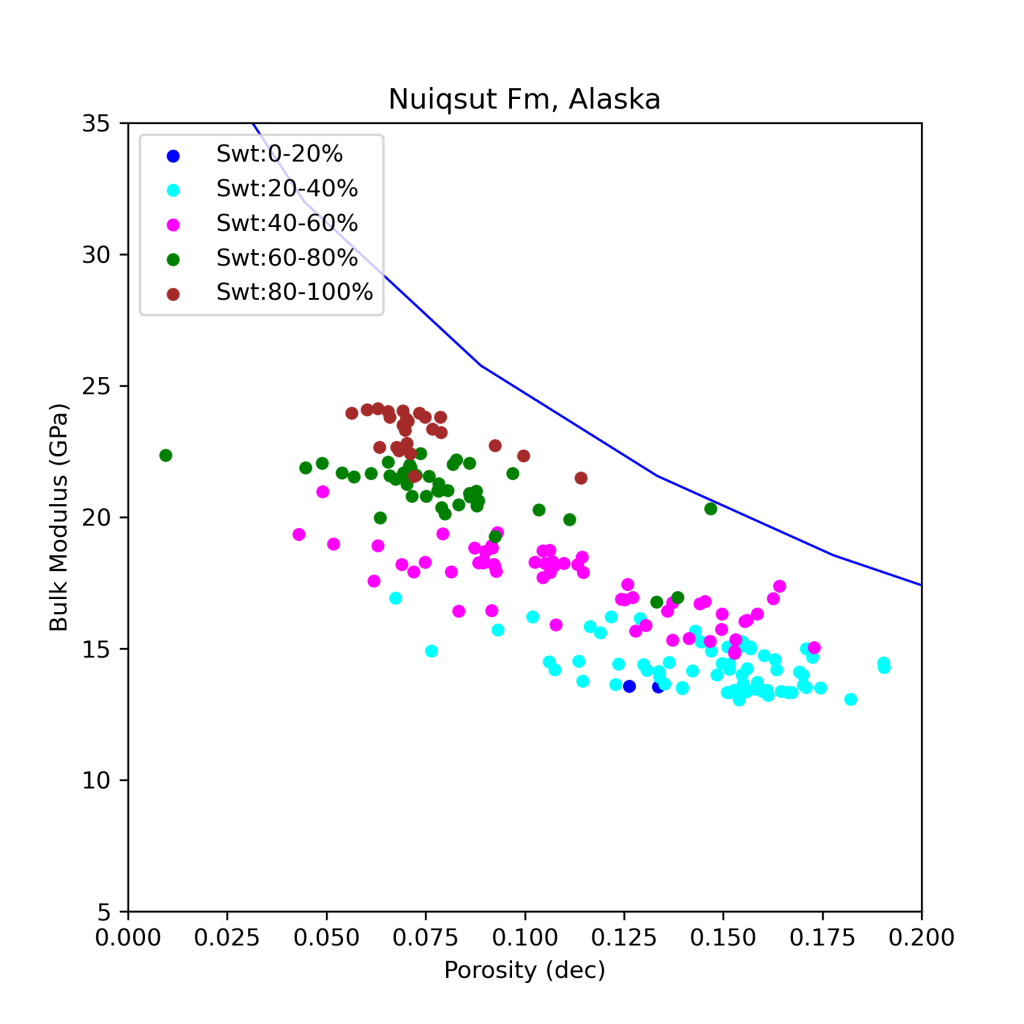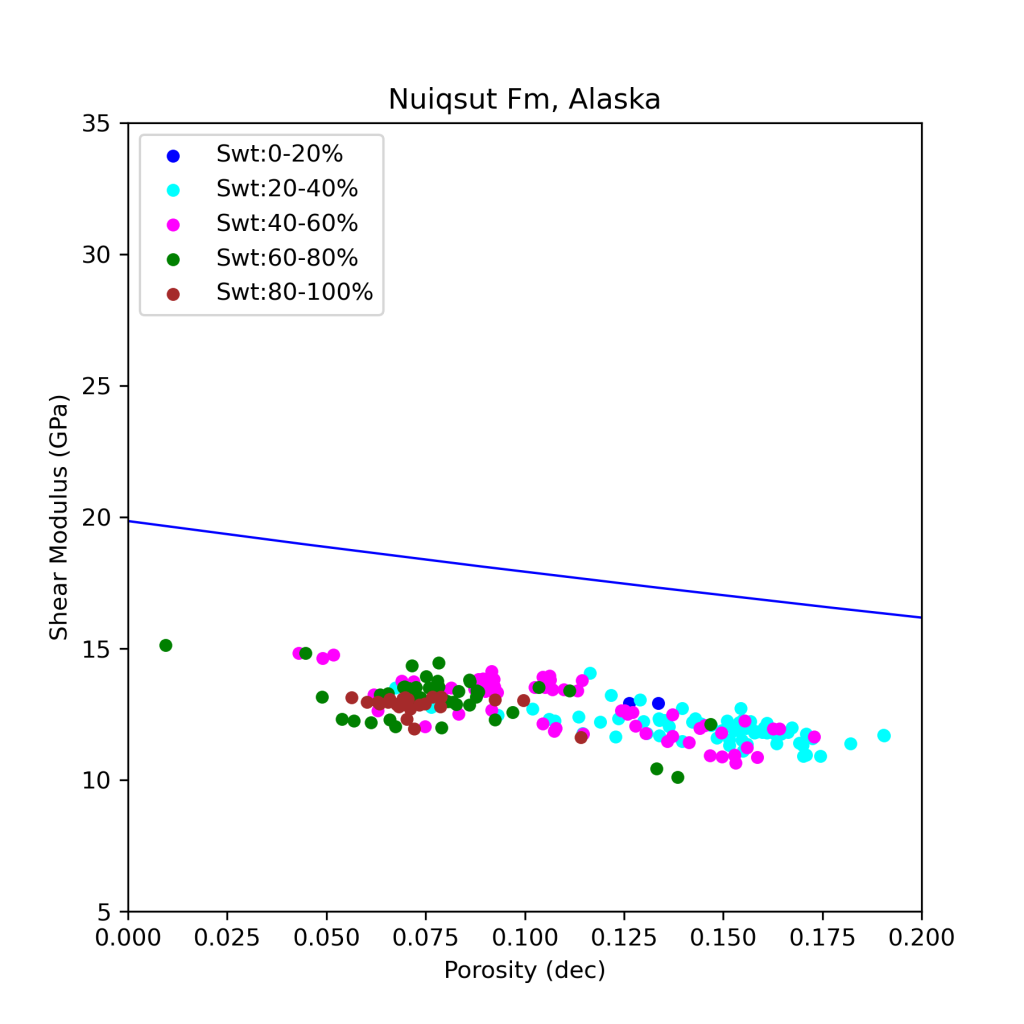Home > Services
Accurate estimation of water saturation (Sw) is crucial for assessing the hydrocarbon potential of a reservoir. Traditionally dominated by resistivity measurements, recent advancements have opened the door to utilizing acoustic logs as a supplementary and, in some environments, a primary tool for Sw estimation. This page delves into the methodology behind using acoustic log data for water saturation estimation, highlighting its significance, and providing real-world examples for a comprehensive understanding.
– Application in Low Resistivity Pay Zones: In zones with low resistivity contrast between saturated and water-filled pores, acoustic logs become particularly valuable, offering an alternative means to estimate Sw.





Let’s help you get more value out of your Sonic Logs!